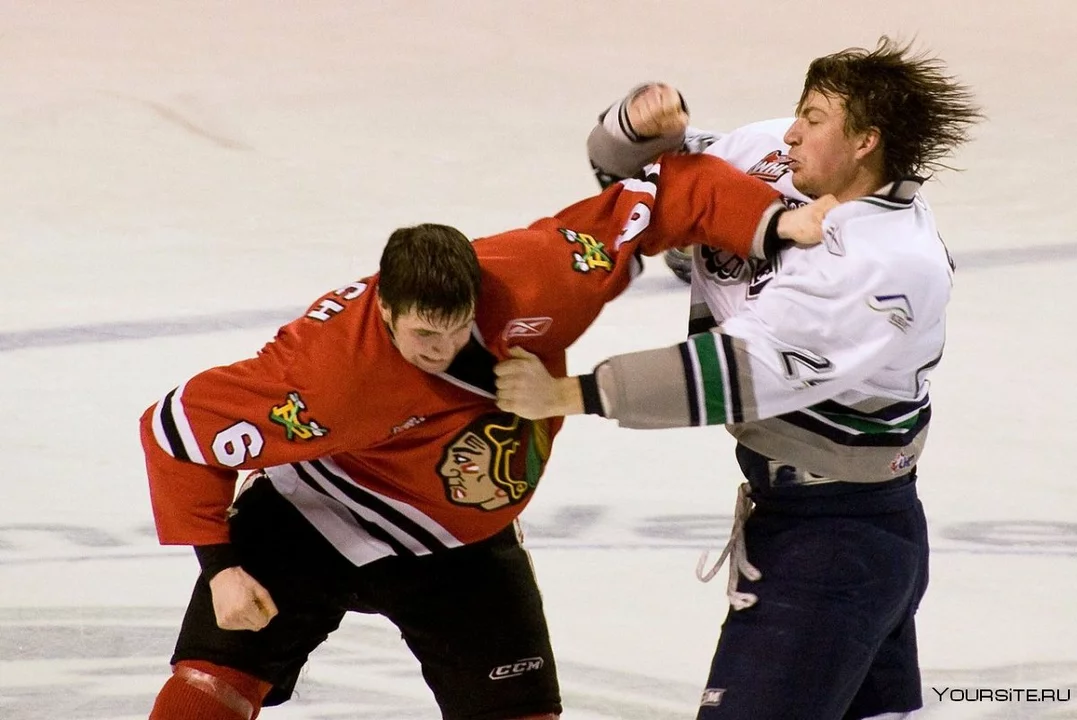Hockey Games – Your Quick Guide to Playing, Watching & Enjoying
Ever wondered what makes a hockey game tick? From the fast‑paced action on the ice to the buzz of buying tickets for friends, there’s a lot to get your head around. This guide breaks down the basics so you can follow a match, understand the rules, and make the most of every rink‑side experience.
Understanding Game Rules & Scoring
A standard ice‑hockey match runs three periods of 20 minutes each, with a short intermission after the second period. Teams field six players – five skaters and a goalie – and the goal is simple: slam the puck into the opponent’s net.
The NHL points system keeps the standings fair. Win in regulation, overtime or shootout? You snag two points. Lose in overtime or a shootout? You still walk away with one point. Lose in regulation and you get nothing. Those points decide playoff spots and seedings, so every goal matters.
Got a player acting out? Referees won’t hesitate to throw them out. A player can be ejected for fighting, repeated penalties, dangerous stick work, or any blatant disrespect of the rules. When that happens, the team plays short‑handed, which can swing the momentum fast.
Getting the Most Out of a Hockey Game Experience
Buying tickets for others? Start by checking the schedule so you don’t pick a night they’re busy. Pick the right team – nobody wants a surprise seat for a rival. Use reputable ticket platforms to avoid scams, then present the tickets with a personal touch – a note, a puck‑shaped card, or even a pre‑game snack.
Don’t forget about the officials. In ice hockey you’ll see three referees: a lead referee, a line judge, and a backup who steps in if needed. They keep the game flowing and ensure safety. Knowing their role can help you read the game better.
For field hockey fans, the format is a bit different. Matches are split into two 35‑minute halves with a short break, totaling 70 minutes of play. Referees in field hockey are usually two, supported by video officials in top‑level tournaments.
Want to feel the cold‑puck buzz? Frozen pucks are standard before a game because a colder puck slides smoother, bounces less, and stays solid on the ice. It’s a small detail, but it makes the play feel tighter and the shots more accurate.
Whether you’re cheering from the stands or watching the replay on TV, knowing these nuggets helps you stay in the loop. You’ll understand why a player got the boot, how points add up for the standings, and how to snag the perfect tickets for the next big clash. So next time you hear the arena lights flash, you’ll be ready to join the action, not just watch it from the sidelines.
Why are player to player fights so common at hockey games?
As a huge hockey fan, I've often wondered why player to player fights are so common during games. It seems to me that these fights are a result of the intense physicality and competitive nature of the sport. Players often use these brawls to stand up for their teammates and establish dominance on the ice. Additionally, the crowd's reaction to the fights may also play a role, as fans tend to get excited and cheer louder when it happens. Despite the potential dangers of fighting in hockey, it appears to be a deeply ingrained aspect of the sport's culture.
View More